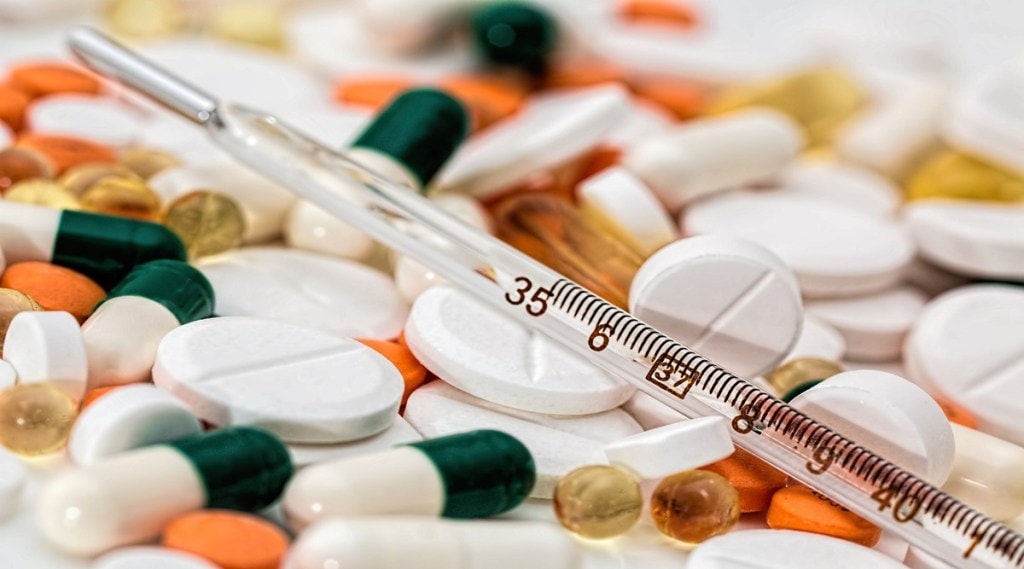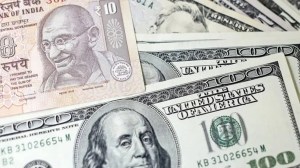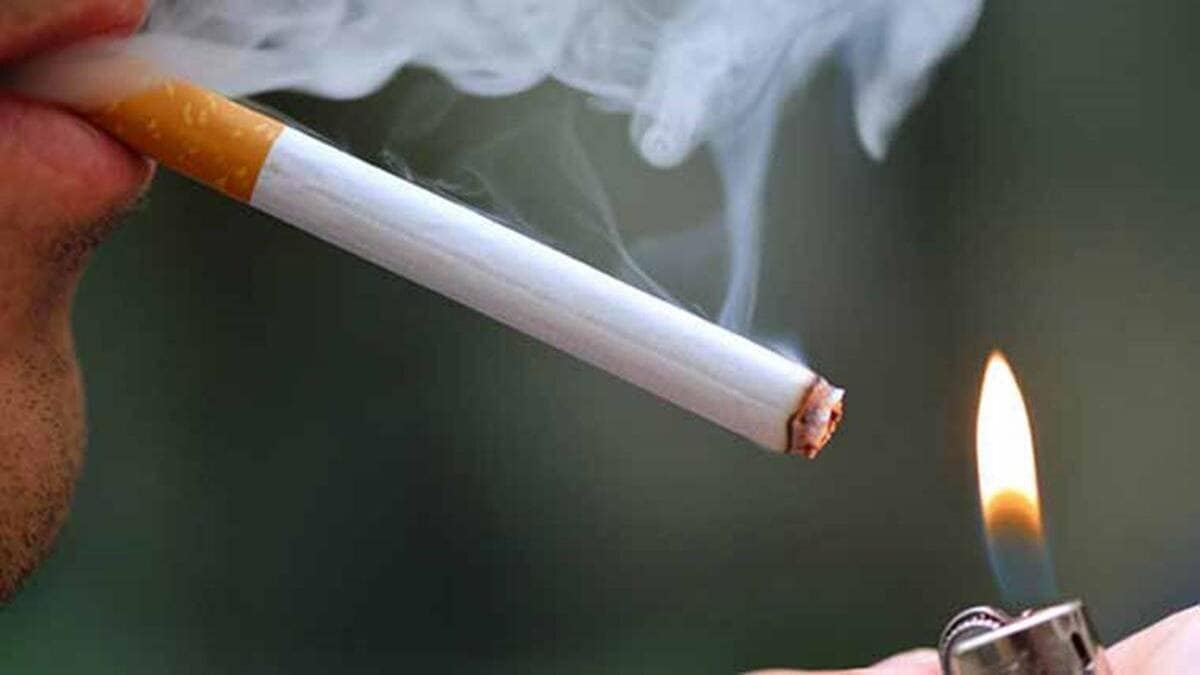There is hardly anything that your smartphone can’t do. But, have you ever imagined your phone replacing a medical device, say a thermometer? Well, this is very much possible now.
A team of researchers at the University of Washington has created an app called FeverPhone that can transform your smartphones into thermometers without adding new hardware.
According to the creators, the app uses the phone’s touchscreen and repurposes the existing battery temperature sensors to gather data that a machine learning model uses to estimate people’s core body temperatures.
“When the researchers tested FeverPhone on 37 patients in an emergency department, the app estimated core body temperatures with accuracy comparable to some consumer thermometers,” the University said in a statement.
The team published its findings March 28 in Proceedings of the ACM on Interactive, Mobile, Wearable and Ubiquitous Technologies.
“In undergrad, I was doing research in a lab where we wanted to show that you could use the temperature sensor in a smartphone to measure air temperature. When I came to the UW, my adviser and I wondered how we could apply a similar technique for health. We decided to measure fever in an accessible way. The primary concern with temperature isn’t that it’s a difficult signal to measure; it’s just that people don’t have thermometers,” said lead author Joseph Breda, a UW doctoral student in the Paul G. Allen School of Computer Science & Engineering in a statement.
According to the scientists, the app is the first to use existing phone sensors to estimate whether people have fevers.
Meanwhile, Breda also maintained that the app needs more training data to be widely used but for doctors, the potential of such technology is exciting.
“People come to the ER all the time saying, ‘I think I was running a fever.’ And that’s very different than saying ‘I was running a fever.’ In a wave of influenza, for instance, people running to the ER can take five days, or even a week sometimes. So if people were to share fever results with public health agencies through the app, similar to how we signed up for COVID exposure warnings, this earlier sign could help us intervene much sooner,” said Dr. Mastafa Springston, a co-author on the study and a UW clinical instructor at the Department of Emergency Medicine in the UW School of Medicine.
According to the scientists, clinical-grade thermometers use tiny sensors known as thermistors to estimate body temperature. Off-the-shelf smartphones also happen to contain thermistors and they are mostly used to monitor the temperature of the battery. However, the UW researchers realized they could use these sensors to track heat transfer between a person and a phone. The phone touchscreen could sense skin-to-phone contact, and the thermistors could gauge the air temperature and the rise in heat when the phone touched a body, it added.
The researchers took FeverPhone to the UW School of Medicine’s Emergency Department for a clinical trial where they compared its temperature estimates against an oral thermometer reading. They recruited 37 participants, 16 of whom had at least a mild fever.
“Overall, FeverPhone estimated patient core body temperatures with an average error of about 0.41 degrees Fahrenheit (0.23 degrees Celsius), which is in the clinically acceptable range of 0.5 C,” they stated.
The researchers have highlighted a few areas for further investigation. The study didn’t include participants with severe fevers above 101.5 F (38.6 C), because these temperatures are easy to diagnose and because sweaty skin tends to confound other skin-contact thermometers, according to the team.
Also, FeverPhone was tested on only three phone models. Training it to run on other smartphones, as well as devices such as smartwatches, would increase its potential for public health applications, the team said.
“We started with smartphones since they’re ubiquitous and easy to get data from. I am already working on seeing if we can get a similar signal with a smartwatch. What’s nice, because watches are much smaller, is their temperature will change more quickly. So you could imagine having a user put a Fitbit to their forehead and measure in 10 seconds whether they have a fever or not,” Breda said.







